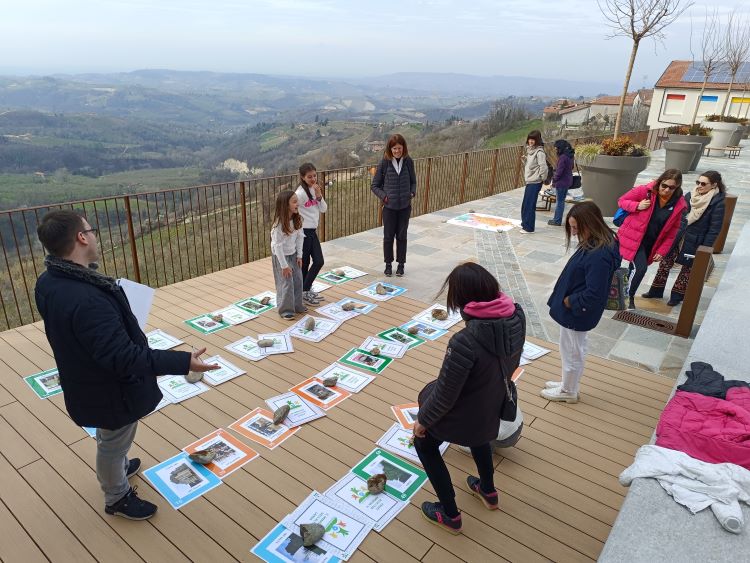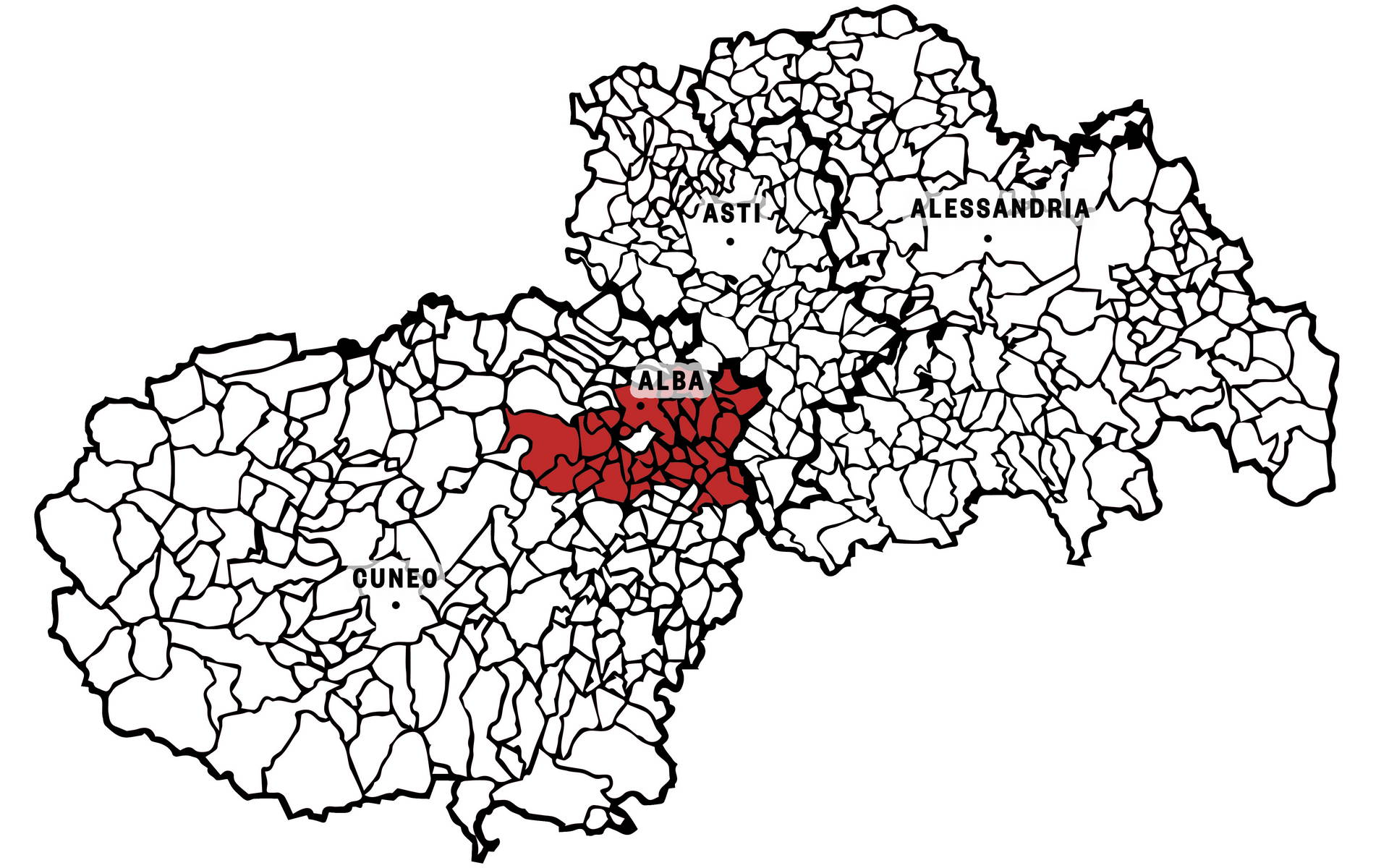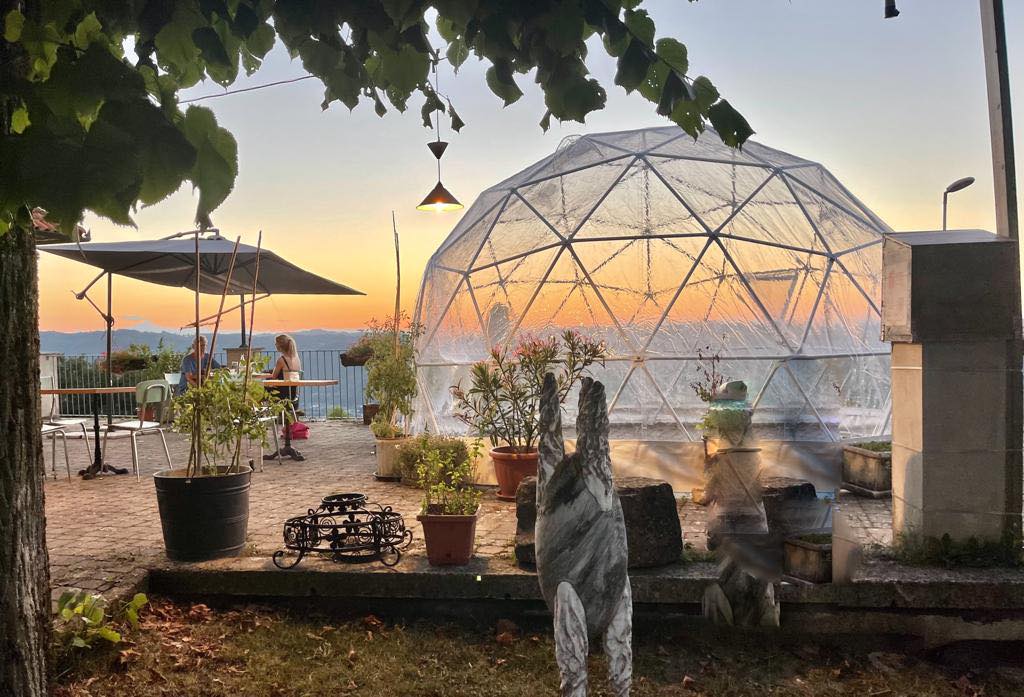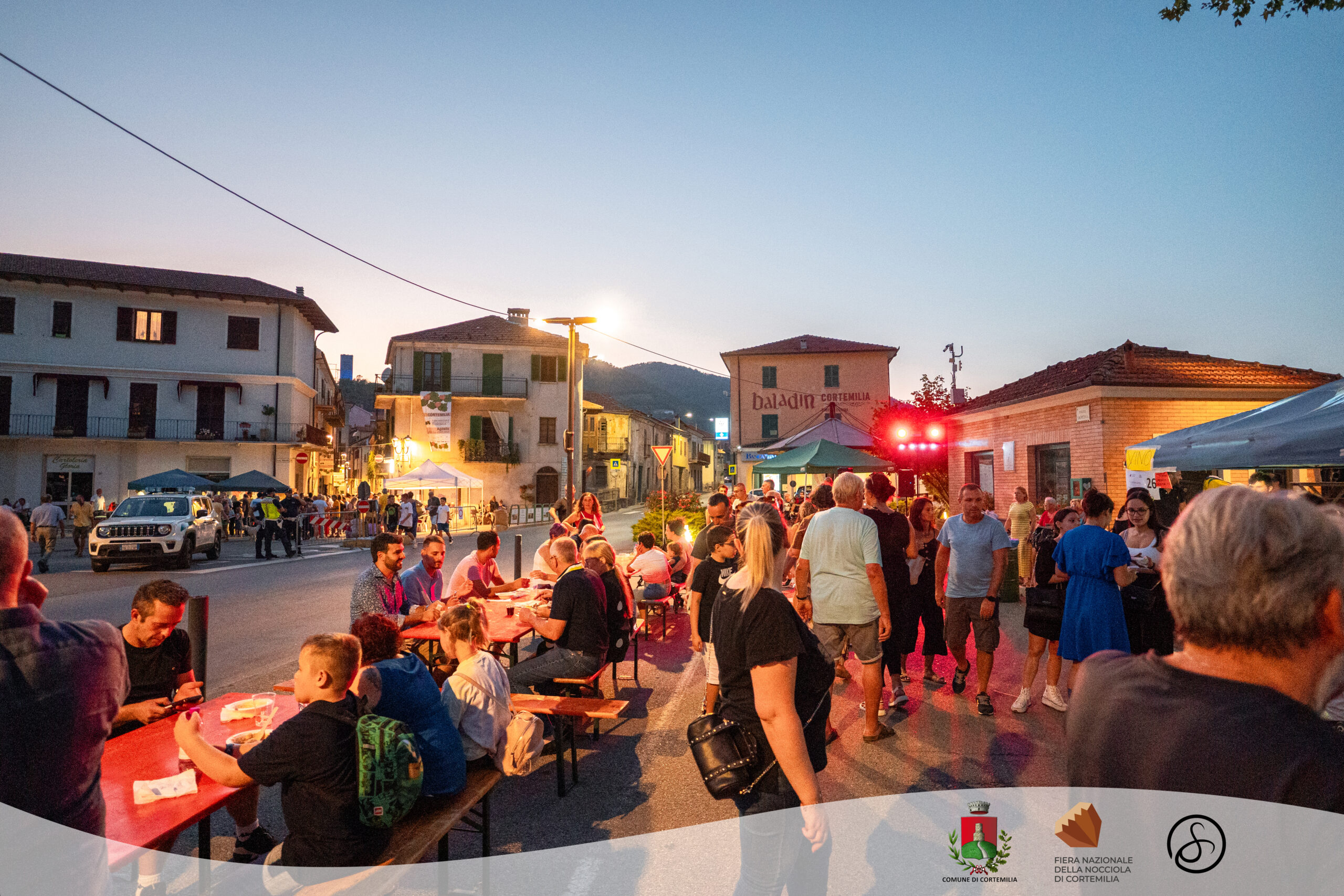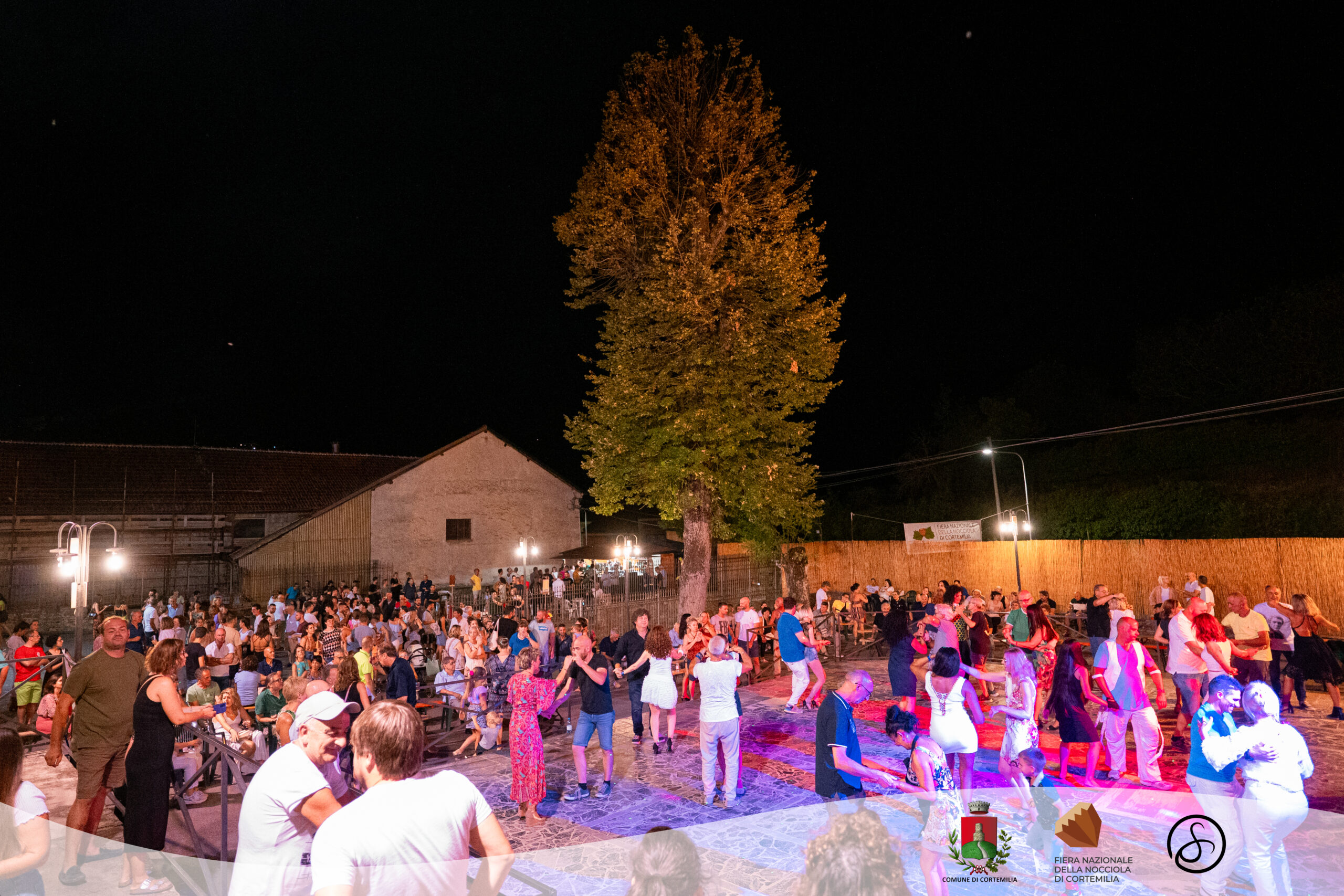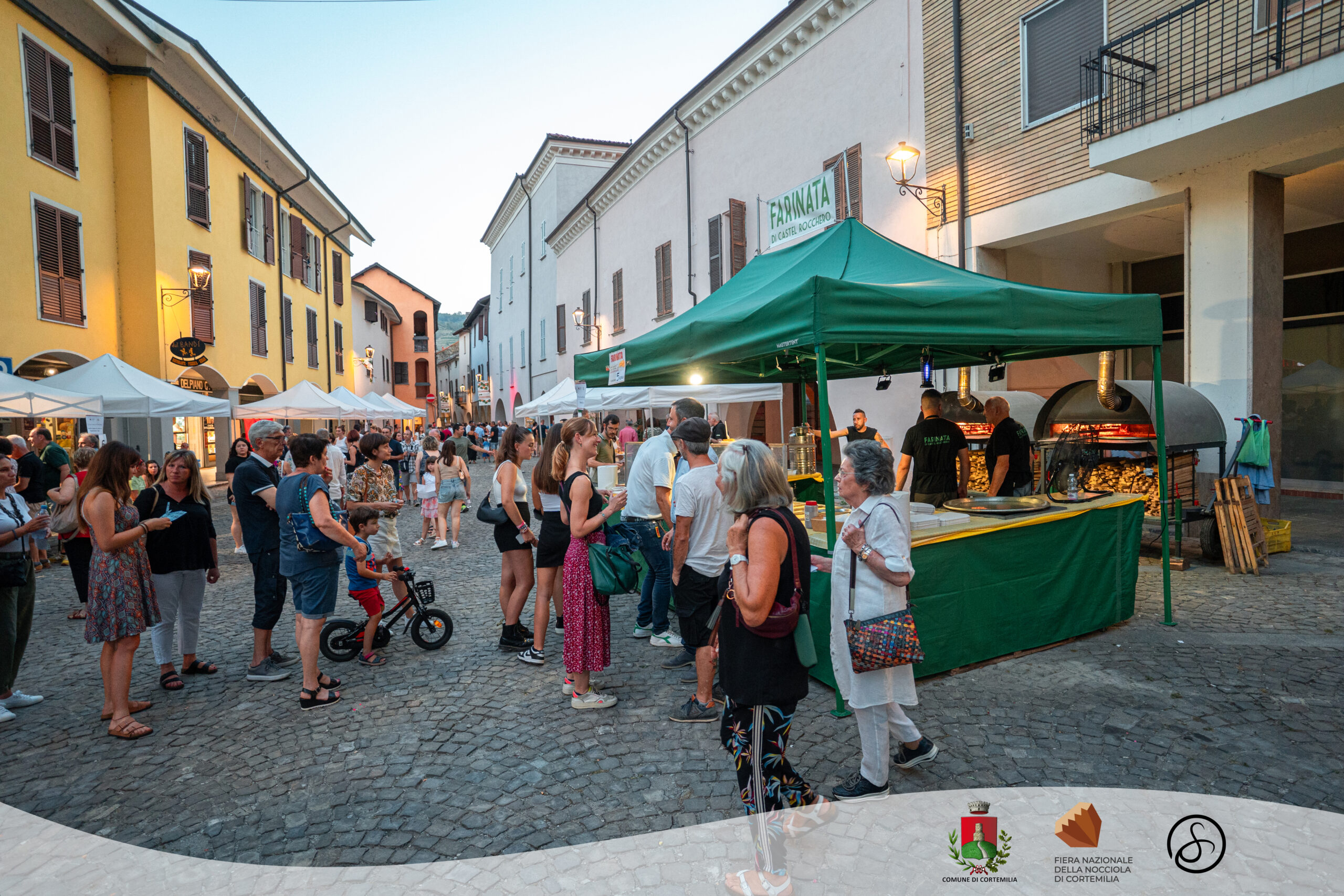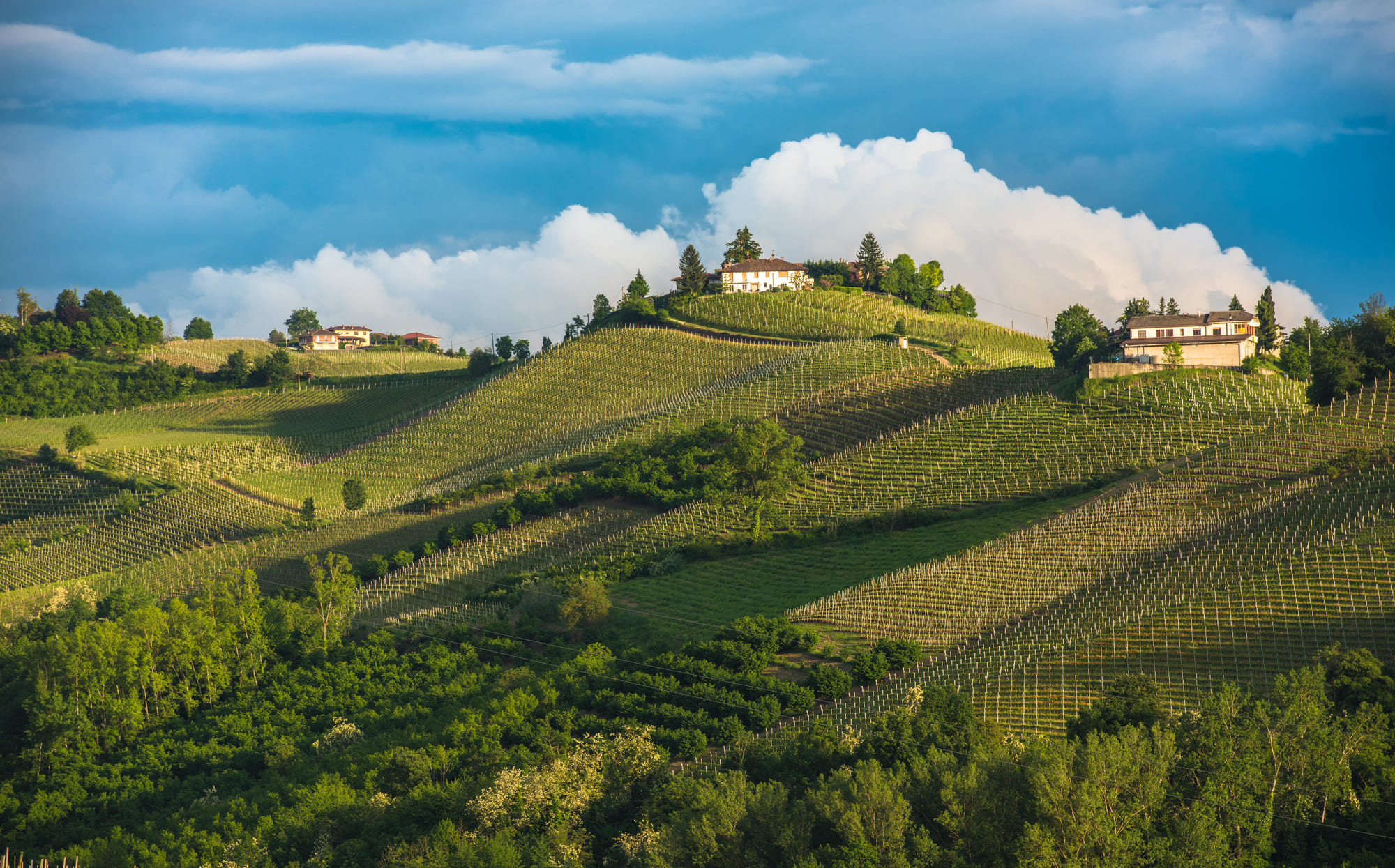High Langa
-
![IMMAGINE 1 IMMAGINE 1]()
-
![res_DolcettoAlbaDOC Comuni Dolcetto d'Alba DOC]()
-
![parole perdute – eventi parole perdute - eventi]()
-
![cortemilia fiera nocciola -eventi cortemilia fiera nocciola -eventi]()
-
![comics & games cortemilia – eventi comics & games cortemilia - eventi]()
-
![orietta berti orietta berti]()
-
![balli cortemilia fiera nocciola balli cortemilia fiera nocciola]()
-
![orchestra cortemilia fiera nocciola – eventi orchestra cortemilia fiera nocciola – eventi]()
-
![santi francesi – eveti santi francesi - eveti]()
-
![fiera nocciola Cortemilia – eventi fiera nocciola Cortemilia - eventi]()
-
![cortemilia sfilata sbandieratori cortemilia sfilata sbandieratori]()
-
![Langhe estate Langhe estate]()
Overview of the best events during the August holiday weekend in the Langhe, Roero and Monferrato region
Overview of the best events during the August holiday weekend in the Langhe, Roero and Monferrato region
